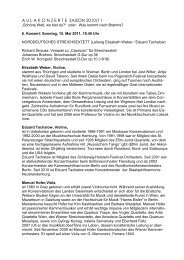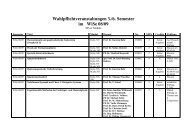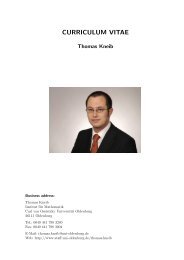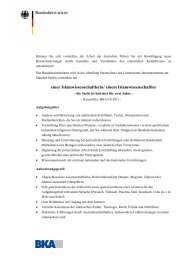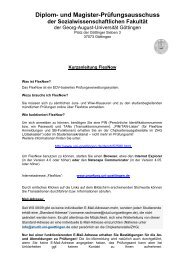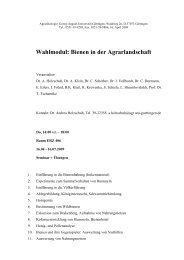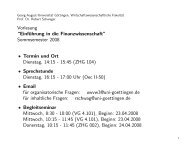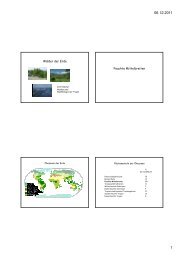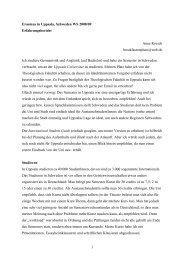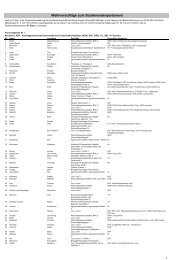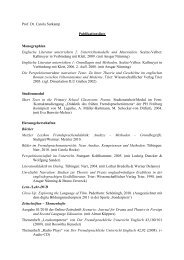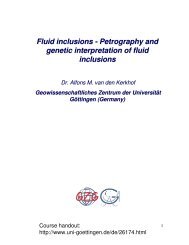The OMC inclusion and national social NGOs: From enthusiasm to ...
The OMC inclusion and national social NGOs: From enthusiasm to ...
The OMC inclusion and national social NGOs: From enthusiasm to ...
Create successful ePaper yourself
Turn your PDF publications into a flip-book with our unique Google optimized e-Paper software.
<strong>OMC</strong> <strong>inclusion</strong> is helpful in its original goal that is the reduction of poverty <strong>and</strong> <strong>social</strong>exclusion.3.4 <strong>The</strong> European implementationAs indicated above, this part is more cautious as it also bears on the findings of otherresearchers. At the EU-level, there are two central places in which the <strong>OMC</strong> <strong>inclusion</strong>materialises: the Social Protection Committee (SPC) <strong>and</strong> its Indica<strong>to</strong>r Sub-Group (ISG), bothconsisting of two <strong>national</strong> delegates per member states as well as two officials of theCommission which provide the secretariat. While the SPC is responsible for the politicalsteering of the three <strong>OMC</strong> processes (<strong>inclusion</strong>, health, pensions) <strong>and</strong> their furtherdevelopment, the ISG is a more technical group where political discussions basically do nottake place, but where attention is centred around the development of common indica<strong>to</strong>rs. Bothcommittees meet 9 – 10 times a year, mostly for a short day <strong>and</strong> in closed sessions. Other thanthese two committees, the Council of <strong>social</strong> affairs takes the main political decisions aboutthese <strong>OMC</strong>s, in closed sessions, <strong>and</strong> the Commission assures its role of coordinating theprocesses. As the official routes all take place in closed sessions, one could expect <strong>social</strong><strong>NGOs</strong> <strong>to</strong> particularly address the Commission in order <strong>to</strong> introduce <strong>and</strong> represent theirinterests. And indeed, an official of the Commission reported that “the bureau of the chairmanof the SPC generally meets the evening before a session. This is the occasion (for <strong>NGOs</strong>) <strong>to</strong>come in” 31 . So, there seem <strong>to</strong> be two ways of participating in the process: in formal ways (ifadmitted <strong>to</strong> the closed sessions) or in informal ways (by lobbying the Commission).At the NGO side, there are two big organisations, which have accompanied the <strong>OMC</strong><strong>inclusion</strong> at EU-level, EAPN <strong>and</strong> FEANTSA 32 . While EAPN is the federation of <strong>national</strong>poverty conferences (<strong>national</strong> federation of poverty associations) <strong>and</strong> therefore has a quitebroad coverage of associations <strong>and</strong> issues, FEANTSA represents <strong>national</strong> associationsworking with the homeless. Both European organisations are almost <strong>to</strong>tally funded by theCommission, which is therefore a privileged interlocu<strong>to</strong>r.Turning <strong>to</strong> the formal way, consultation of <strong>NGOs</strong> has apparently been very limited. <strong>The</strong>secretariat of the Commission reported that FEANTSA participated several times in the SPC.31 Interview with former secretariat (2000-2005) of the SPC, June 2005.32 Fédération Européenne des Associations Nationales travaillant avec les Sans-Abris, an NGO that lobbies forthe homeless.



